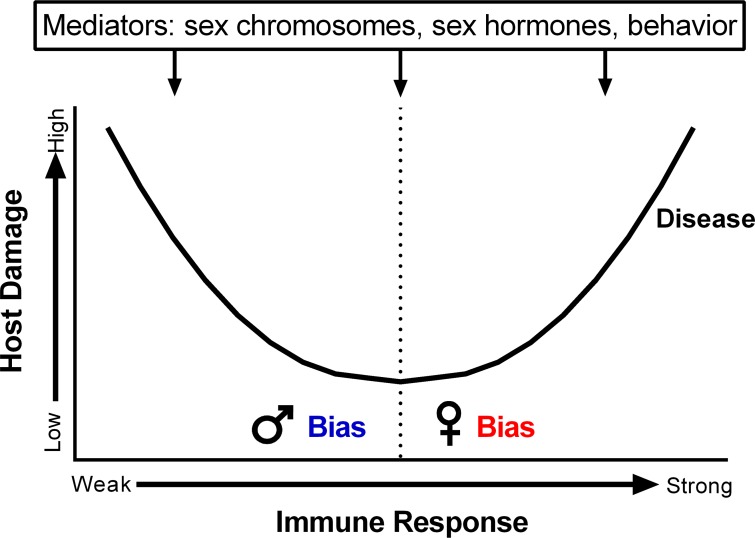Fig 2. The hypothesized relationship between host damage and the host immune response following infection, as presented in the context of the damage-response framework [17].
When an immune response is “weak” (i.e., not sufficient to clear a pathogen), the damage caused by infection is high, and when an immune response is too “strong” (i.e., excessive enough to cause tissue damage), the damage caused by infection can also be high. Based on the literature presented, we hypothesize that a male bias in disease risk may be observed when weak immune responses underlie high levels of host damage and a female bias in disease risk may be observed when strong immune responses contribute to host damage. Several host factors, including sex chromosomal complement, concentrations of sex hormones, and behaviors can contribute to biases in the outcome of infection.

